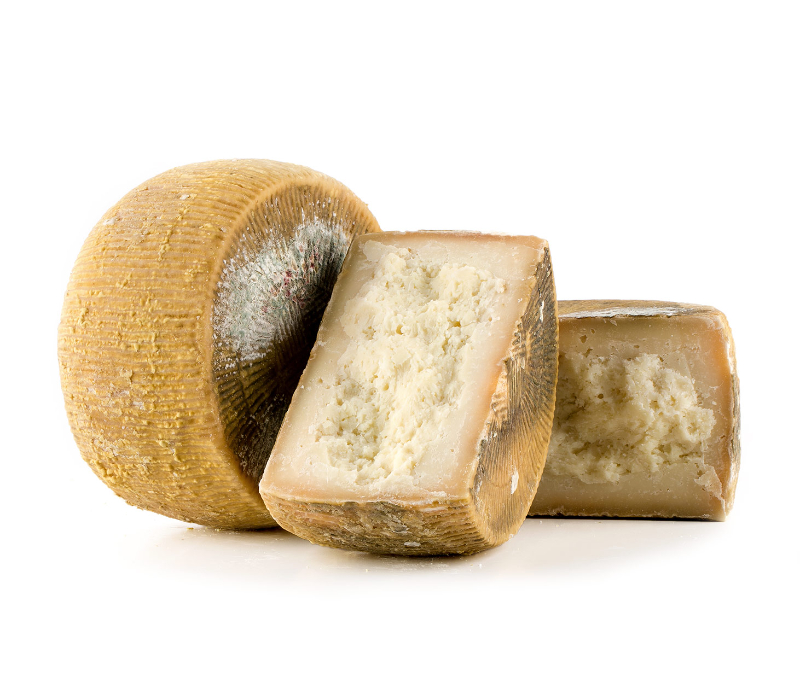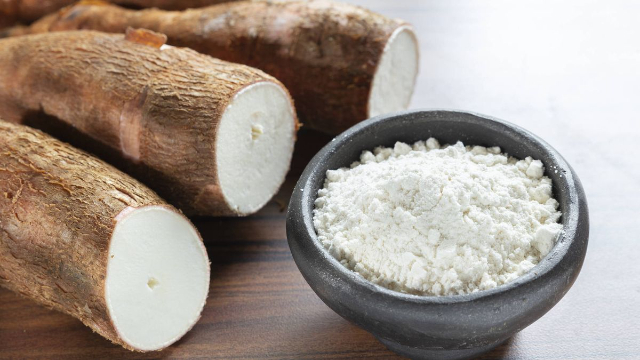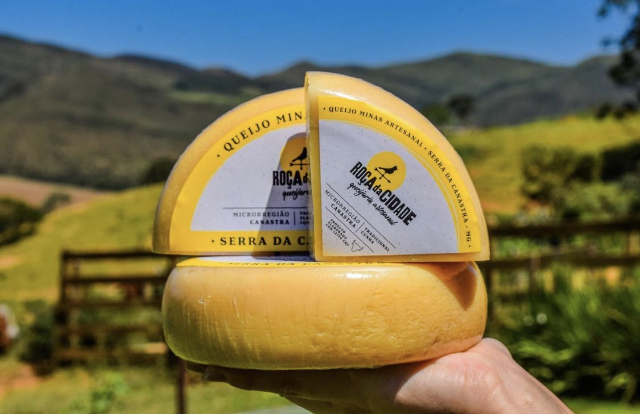In the province of Avellino, in a mountainous territory where numerous volcanic phenomena influence the morphology of the ground and the vegetables, this cheese is born with very interesting sensorial notes.
The area of Carmasciano included, at the time of Romans, the current municipalities of Rocca San Felice and Guardia dei Lombardi. Part of this territory was assigned to Roman veterans after the victory over Samnites. The name Carmasciano derives from this: Camarsius means soldier, Anius indicates the possession of a fund.
Carmasciano is a small area of pasture that extends for a radius of about four kilometers in the valley of Ansanto, in the heart of Alta Irpinia. Most of the pastures are concentrated along the slope exposed to south, which slopes down from Mount Forcuso to the valley, between 800 and 500 meters of altitude. Virgil, in the Aeneid, describes this place as an enchanted land: "There is a place in the center of Italy surrounded by high mountains, famous and celebrated in every place: the valley of Ansanto. It has dark woods here and there, and between the woods a river that for large stones rumbles and falls, and so rode the ripe and the scoscende, which makes horrible cave and vorago. The valley is in fact characterized by the presence of the Mephite of Rocca San Felice, a lake of sulphurous origin fed by sulphurous pools, which boils as a result of gas emissions from underground. The sulfur emitted by the waters characterizes the forage essences of the area, which in turn give the milk a very particular and complex flavor. The pecorino produced in this area has in fact a strong olfactory note of sulfur, hints of fresh milk, freshly mowed grass and flowers. In the mouth, first you perceive a sweet and very delicate flavor, then a spicy note and, in the end, a slight aftertaste of sulfur.
Raw sheep’s milk (without the addition of ferments) is placed in the "caccavo" (a copper cauldron) and heated to a temperature of 36-38°, over a wood fire. Coagulation takes place with lamb or kid rennet or even calf rennet. The curd is broken up into grains the size of a grain of rice and is left to settle at the bottom of the cauldron. The curd is then collected, placed in wicker baskets and cooked in hot whey. The salting is dry.
Carmasciano pecorino reaches its maximum sensory expressiveness around 12 months of aging. The role of the maturing rooms is fundamental: the molds that develop inside them contribute to the perfect maturation of the product.
Until the fifties of the last century, every peasant family produced pecorino for family consumption and bred two breeds of sheep: laticauda and bagnelese (also called malvizza). Later on, the families remained in the area and increased the number of heads up to 50 sheep: the production has thus become a source of income.
In November 1980 the earthquake in Irpinia marked the beginning of the abandonment of the lands and the small breedings almost completely disappeared.













